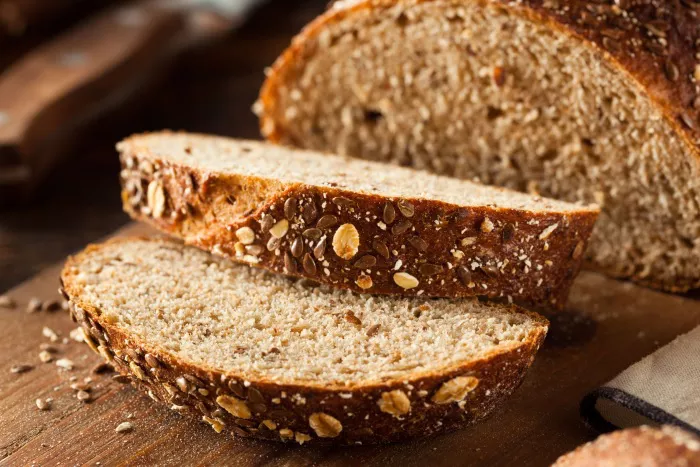As we embark on a new year, many of us aim to broaden our culinary horizons. A noteworthy guide in this endeavor is “The Korean Cookbook,” authored by Chef Junghyun Park of Atomix fame in New York, alongside Jungyoon Choi, a distinguished chef and writer. Released towards the end of last year, this culinary compendium spans nearly 500 pages, offering a meticulously illustrated exploration of Hansika, the rich tapestry of Korean food culture.
Diving into the intricacies of history, geography, vocabulary, techniques, ingredients, and meal structures, this tome caters specifically to home cooks. It begins its gastronomic journey with essential aspects such as fermentation, kimchi, bap (rice), and banchan — the diverse array of dishes that adorn the table, transforming a simple bowl of rice into a culinary delight. The culinary spectrum covered includes namul (vegetables), wraps, pancakes, broths, stews, dumplings, porridges, and sweets.
One of the central arguments reiterated throughout the book challenges the Western perception of Korean cuisine, often overshadowed by the prevalence of beef, particularly short ribs, in Korean restaurants abroad. The authors emphasize that, contrary to popular belief, vegetables take center stage in Korean gastronomy. The wealth of knowledge presented in the book is vast, with 350 recipes meticulously curated not as a personal collection but as a comprehensive textbook survey.
Within its pages, readers will discover both straightforward culinary treasures and more intricate creations. From the exquisite freshness of raw fish bibimbap to the delightful japchae glass noodles, kimchi fried rice, and the tantalizing combination of cucumbers stir-fried with richly marinated beef — the recipes beckon with ingredients that are readily accessible. However, some culinary ventures may prove more challenging, necessitating items such as dried jujube, salted shrimp, chrysanthemum leaves, and Korean pancake mix, with limited suggestions for substitutes.
While the book’s focus on regional cooking adds a layer of authenticity, those unfamiliar with Korean geography may find themselves wishing for a map to navigate the culinary landscapes explored within its pages. In essence, “The Korean Cookbook” emerges as an invaluable resource, not merely as a collection of recipes but as a profound exploration of Korean culinary heritage, destined to inspire and educate home cooks on the richness of this ancient and diverse cuisine.
























